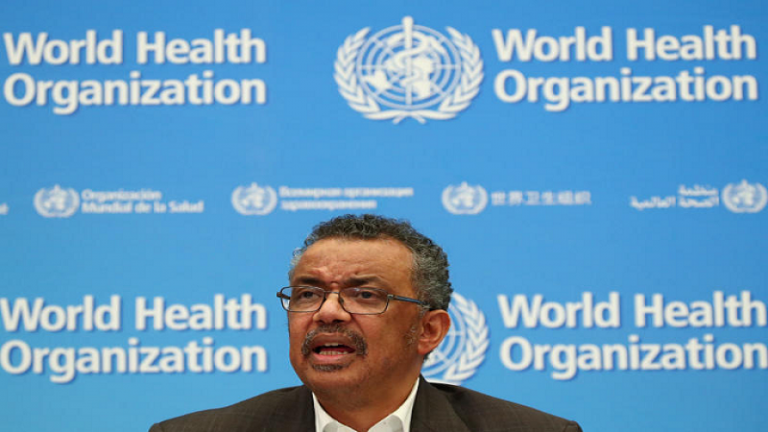
In a significant public health announcement, the World Health Organization (WHO) has declared MPOX, an infectious disease caused by the monkeypox virus, a global health emergency. This decision follows a surge in cases across Africa, with over 17,000 confirmed and suspected cases reported this year.
The WHO Director-General, Dr. Tedros Adhanom Ghebreyesus, made this declaration based on the advice of an independent expert committee, highlighting the rapid spread of a new clade of mpox in the Democratic Republic of the Congo (DRC) and its potential to spread further across countries in Africa and possibly beyond the continent.
The declaration of a Public Health Emergency of International Concern (PHEIC) is a call to action for the global community. It signifies a situation that is serious, sudden, unusual, or unexpected; carries implications for public health beyond the affected State’s national border; and may require immediate international action.
Register for Tekedia Mini-MBA edition 19 (Feb 9 – May 2, 2026): big discounts for early bird.
Tekedia AI in Business Masterclass opens registrations.
Join Tekedia Capital Syndicate and co-invest in great global startups.
Register for Tekedia AI Lab: From Technical Design to Deployment (next edition begins Jan 24 2026).
The current upsurge of mpox, along with the spread of a new sexually transmissible strain of the virus, underscores the urgency of a coordinated international response to prevent history from repeating itself. The previous global outbreak in 2022, which was also declared a PHEIC, was eventually declared over in May 2023 after a sustained decline in global cases.
The WHO’s response has been multifaceted, involving bolstering laboratory diagnosis, disease surveillance, readiness, and response actions to prevent further infections. Significant efforts are already underway in close collaboration with communities and governments, with WHO country teams working on the frontlines. With the growing spread of the virus, the WHO is scaling up further through coordinated international action to support countries in bringing the outbreaks to an end.
Mpox, caused by an Orthopoxvirus, was first detected in humans in 1970, in the DRC, and is considered endemic to countries in central and west Africa. The disease’s symptoms include fever, rash, and swollen lymph nodes, and it can be transmitted through close contact with lesions, body fluids, respiratory droplets, and contaminated materials. The initial symptoms typically manifest within 6 to 13 days after exposure to the virus, but this incubation period can range from 5 to 21 days.
The early signs of mpox are often flu-like, including:
Fever, often the first symptom to appear.
Headache.
Muscle aches and backache.
Fatigue.
Chills.
Swollen lymph nodes, also known as lymphadenopathy.
Following these initial symptoms, a distinctive rash usually develops 1 to 3 days after the onset of fever. This rash tends to start on the face and then spread to other parts of the body, most notably the palms of the hands and soles of the feet. It can also affect the mouth, genitalia, and eyes.
The progression of the rash through various stages is characteristic of mpox:
Macules – flat discolored areas on the skin.
Papules – slightly raised lesions.
Vesicles – small blisters filled with clear fluid.
Pustules – blisters filled with yellowish fluid.
Scabs – crusts that form as the blisters heal.
The rash goes through these stages before finally scabbing over and resolving. The entire process typically lasts 2 to 4 weeks. Most individuals recover without treatment, but complications can occur, especially in immunocompromised individuals or those with underlying health conditions. Complications may include secondary infections, bronchopneumonia, sepsis, or encephalitis.
Mpox can be transmitted from person to person through close contact with the lesions, body fluids, respiratory droplets, and contaminated materials. Understanding the symptoms and modes of transmission is crucial for early detection and prevention of further spread of the disease.
The WHO’s declaration is a critical step in mobilizing global resources and attention to combat the spread of mpox. It serves as a reminder of the interconnectedness of global health and the importance of swift and collaborative action in the face of emerging health threats. As the situation evolves, the WHO, along with health authorities worldwide, will continue to provide updates and guidance on how to best address this public health challenge.



